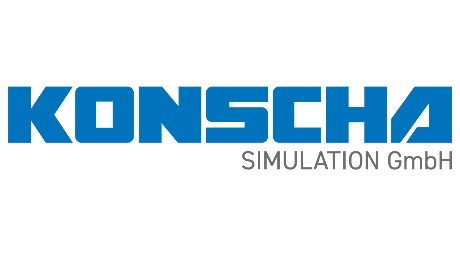Screw calculation
- Your service provider for screw verifications
- Extensive experience in the field of screw calculation
- Targeted advice for your projects
- Individual and practical
Screw verifications - Methods for the evaluation of screws
Screw verifications can be divided into prestressed and non-prestressed connections. The decisive factor is that the shear force is transferred to the connection either via the bolt shaft or via the friction of the connected plates.
In the case of transmission via the screw shank, also known as a shear-hole friction connection, the force is transmitted via the shear stress (shear force) across the cross-section of the screw. This is also the case with bolts or rivets. A typical standard for the verification of these connections is Eurocode 3, DIN EN 1993-1-8. This also includes the verification of the connected plates against punching (due to axial force) and against perforation (due to shear force). The forces occurring are input variables in the calculation, and care must be taken to ensure that the partial safety factors on the loads are taken into account. The forces can be calculated using FEA, for example.
In the case of slip-resistant pretensioned screw connections, the principle is that the pretensioning of the screw ensures a sufficiently large frictional force so that sliding resistance is given. In Eurocode 3, this verification is carried out in a “simplified” way and checks whether the shear force that occurs can be transferred.
The bolt calculation according to VDI 2230 is essentially based on the principle that the necessary preload force is less than the permissible preload force. In addition to the shear force transmission, the necessary clamping force for sealing functions is also taken into account. In the case of the permissible preload force, the tightening process in particular is taken into account, as the achievable preload forces have a relevant scatter as a result. Other points are, for example, the loss of preload force due to setting and thermal load. VDI 2230 also takes other points into account, such as the minimum screw-in depth, the cyclical load on the screw and the surface pressure.
Our services
Calculated strength verifications within a wide range of industries
- Waste and recycling technology systems
- Refrigeration and heat pump technology, air conditioning and ventilation technology and drying technology
- Pumps, valves and fittings
- Printing and paper technology
- Machines for processing wood
- Machines for the production of plastic or rubber
- Food processing machines and packaging machines
- Machines and systems for the manufacture of pharmaceutical and cosmetic products
- Machine tools
- Drive and conveyor technology
- Energy plant construction (hydropower and wind turbines)
- Process engineering machinery and equipment
Determining the loads on screws
- Analytical calculation or per FEA
- Screw calculation according to VDI 2230
- Consideration of the applicable safety concept
Economic connections
- Optimization of constructions
- Calculation of tightening methods and necessary preloads
- Support with material selection
Service provider for screw calculation
At KONSCHA SIMULATION GmbH, we are at your side with comprehensive static strength analyses. Our dedicated engineers have decades of experience in screw calculation and simulation of complex components. We do everything we can to provide you with the best possible support in product development and optimization.
Please do not hesitate to contact us – we look forward to hearing from you and providing you with active support.

KONSCHA Simulation GmbH
Standards and guidelines - Screw calculation
Our strength verifications are carried out in accordance with current standards and guidelines, including:
- Eurocode 3 - DIN EN 1993-1-8
- AD 2000 (pressure vessel)
- Screw calculation according to VDI 2230
- and other relevant regulations.
Advantages of evaluating bolted joints
Prevention of component failure
Bolt calculations are part of the static strength verification. This ensures that the component can withstand the loads acting on it. This protects people and property.
Dimensioning of components
We determine the required number, size and materials for the screws and help with the development of cost-effective components.
Selection of the
tightening method
A starting point for the design can also be the determination of a specific tightening method that is particularly favorable for assembly.
Do you have any questions about screw calculation? Just write to us - we will get back to you as soon as possible!
Would you like to evaluate risks in advance using simulations in order to shorten development times and enable a faster market entry? As your experienced engineering office, we offer comprehensive solutions for static strength verifications and are at your side for all questions relating to screw calculations.
KONSCHA Simulation GmbH
Lerchenstr. 28a
22767 Hamburg
Phone: +49 (0)40 / 2285 9289 – 2
E-mail: info@konscha-simulation.de

